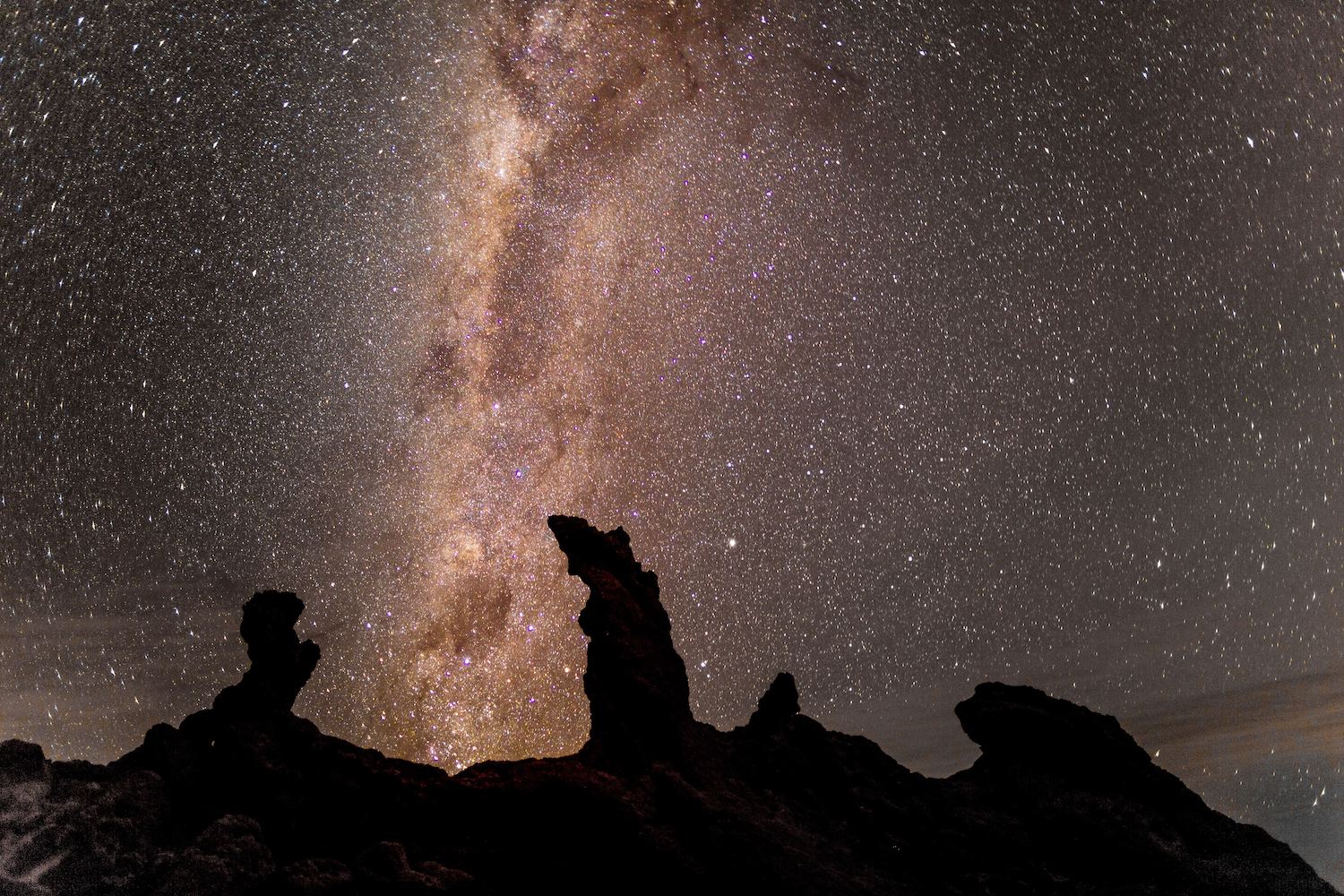Earth Day beckons. The worldwide Extinction Rebellion protests continue, despite concerted efforts to silence them. Sir David Attenborough, 92, and Greta Thunberg, 16, have been passionate, and prominent, speakers for our threatened and increasingly fragile natural world, and the endangered species who cannot speak for themselves.
It’s becoming increasingly clear that the powers-that-be — the world’s major financial institutions, the oil- and gas industry and government policymakers — are going to pay lip service, and no more than that, to the idea that our children and grandchildren’s future is finished unless something is done, and done now, about our increasingly evident climate emergency.
These past few days, on the same weekend an exhausted, disoriented polar bear wandered into the isolated village of Tilichiki on Russia’s Kamchatka Peninsular, having floated some 700 km (450 miles) away from its home in the Arctic Circle on an ice floe, there was a remarkable discovery in the faraway Amazon rainforest.
The discovery was actually made a while ago, but has only now come to light following reports on BBC’s World News service and PBS News Hour in the US: Researchers from Washington State’s Pacific Northwest National Laboratory found a baseline of pure, pristine air over the Amazon, and is using it to show how we’re messing with climate, by comparing the pristine air to samples of “dirtied” air taken not so far away, over remote jungle towns and logging camps that are expanding rapidly throughout an area dubbed “the lungs of the Earth.”
A team of researchers discovered the pristine air — air that dates back to pre-Industrial times — by flying a specially fitted Gulfstream jet with specialized instruments designed to identify and record particles of air virtually unchanged since before Arthur Conan Doyle wrote The Lost World.
The Amazon rainforest covers some 6 million square km (2 million square miles) of the South American landmass. It produces so much carbon — and produces so much life-giving oxygen — that it is truly the last, best hope for humankind, and for planet Earth.
And yet, the city of Manaus, Brazil — population 2 million — lies in the heart of the rainforest, with all the overcrowding, environmental destruction and deleted natural resources that come with a city of that size.
This is the classic good-news/bad-news story. The good news is that, on this Earth Day, there remains at least one place on Earth where the air survives as if the human footprint had never happened. The bad news is that the researchers have discovered that human pollution is driving the acceleration of climate-changing particles — aerosols — much more quickly than previously thought. These particles are not just a driver of climate change. They can cause heart disease and damage our lungs and other organs, not just in the immediate area but halfway around the world.
The researchers’ results were published in the journal Nature Communications.
If there’s any good news in all this, it’s that science now has a baseline to create a new standard of what clean, pure air on Earth is supposed to be, and can be if we apply enough effort, energy and human brain power to solving our climate crisis.
As one of the lead researchers told PBS’s Seattle TV affiliate KCTS-9, “We can (now) look back at the Amazon and see how much we’ve been changing it, and how much we will continue to change it (if we don’t do something soon).”
The die is not cast — yet. But it’s getting closer. The urgency is real, and people need to know the truth.
https://phys.org/news/2019-03-uncommon-valuable-pristine-air-reveal.html
https://www.theguardian.com/environment/2019/apr/19/extinction-rebellion-may-be-our-last-chance




































































